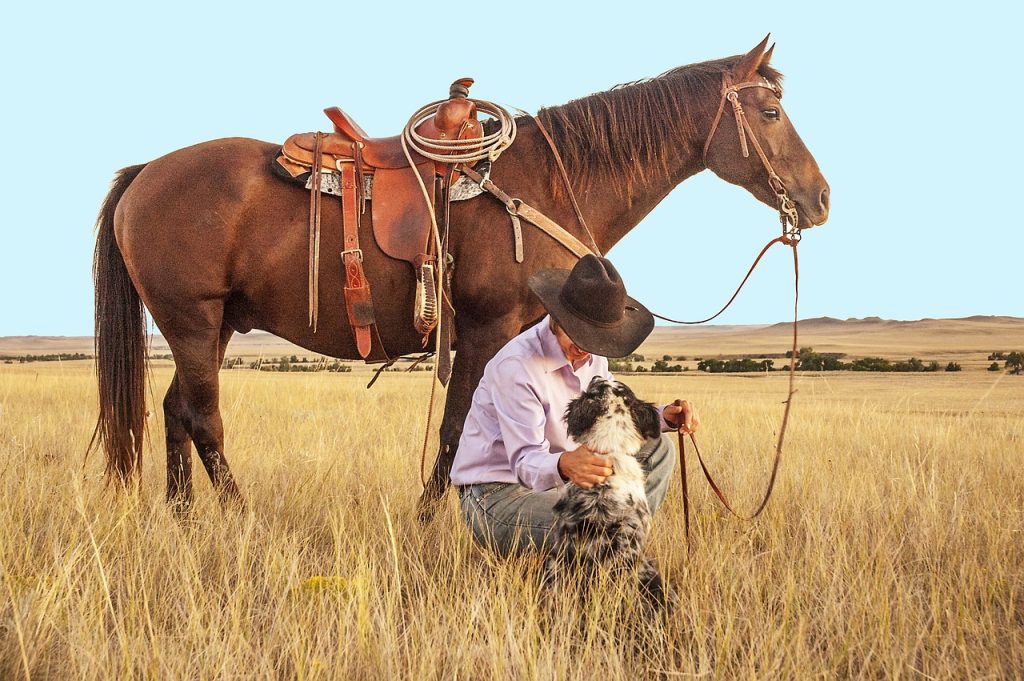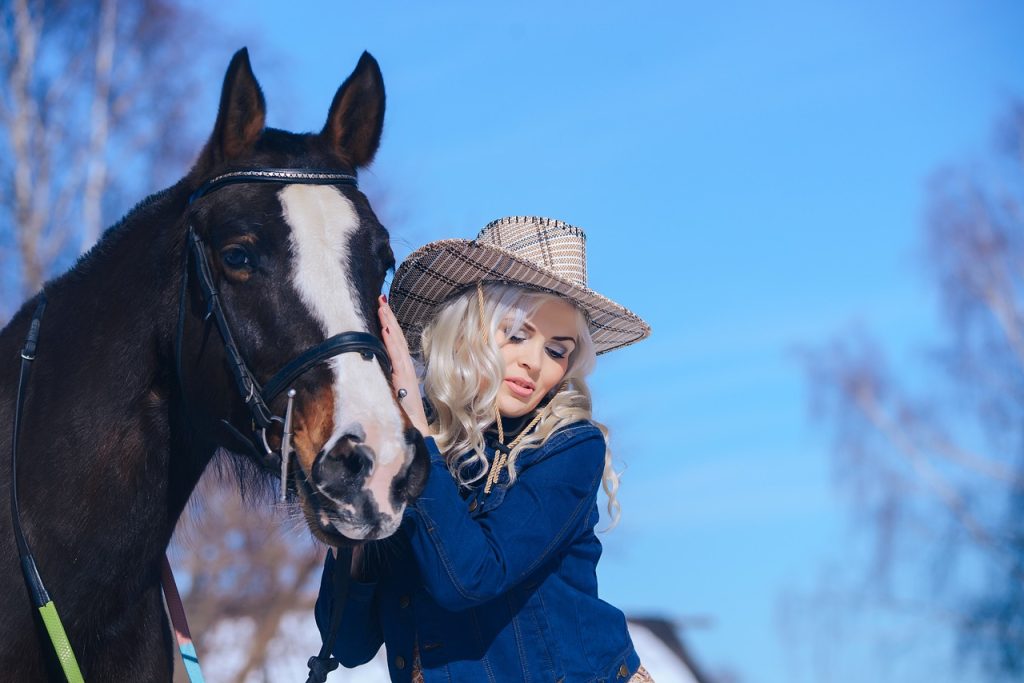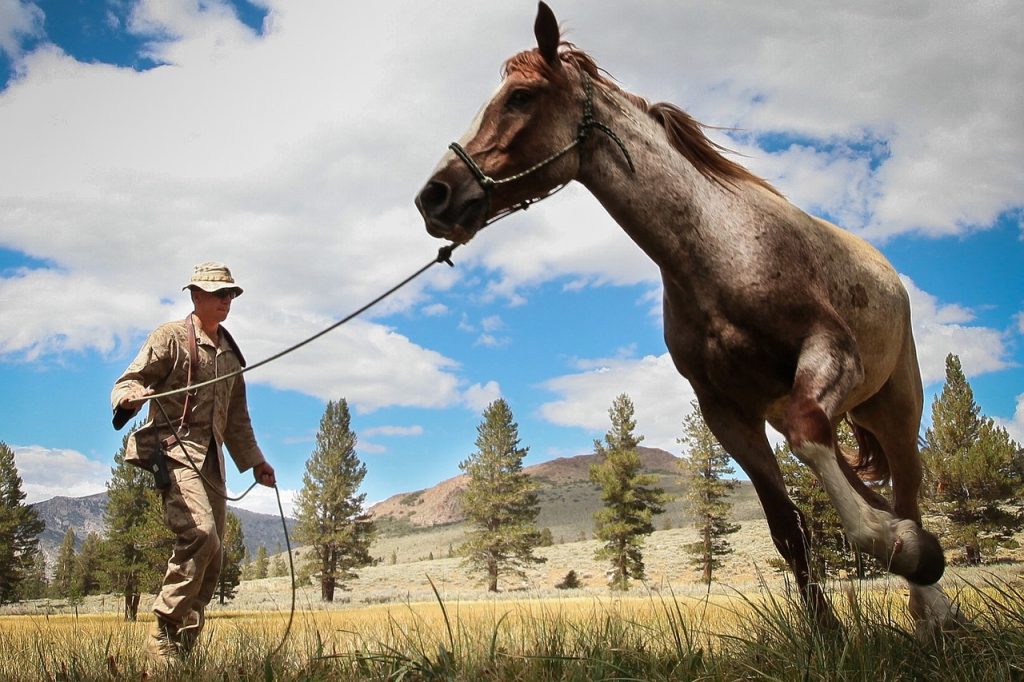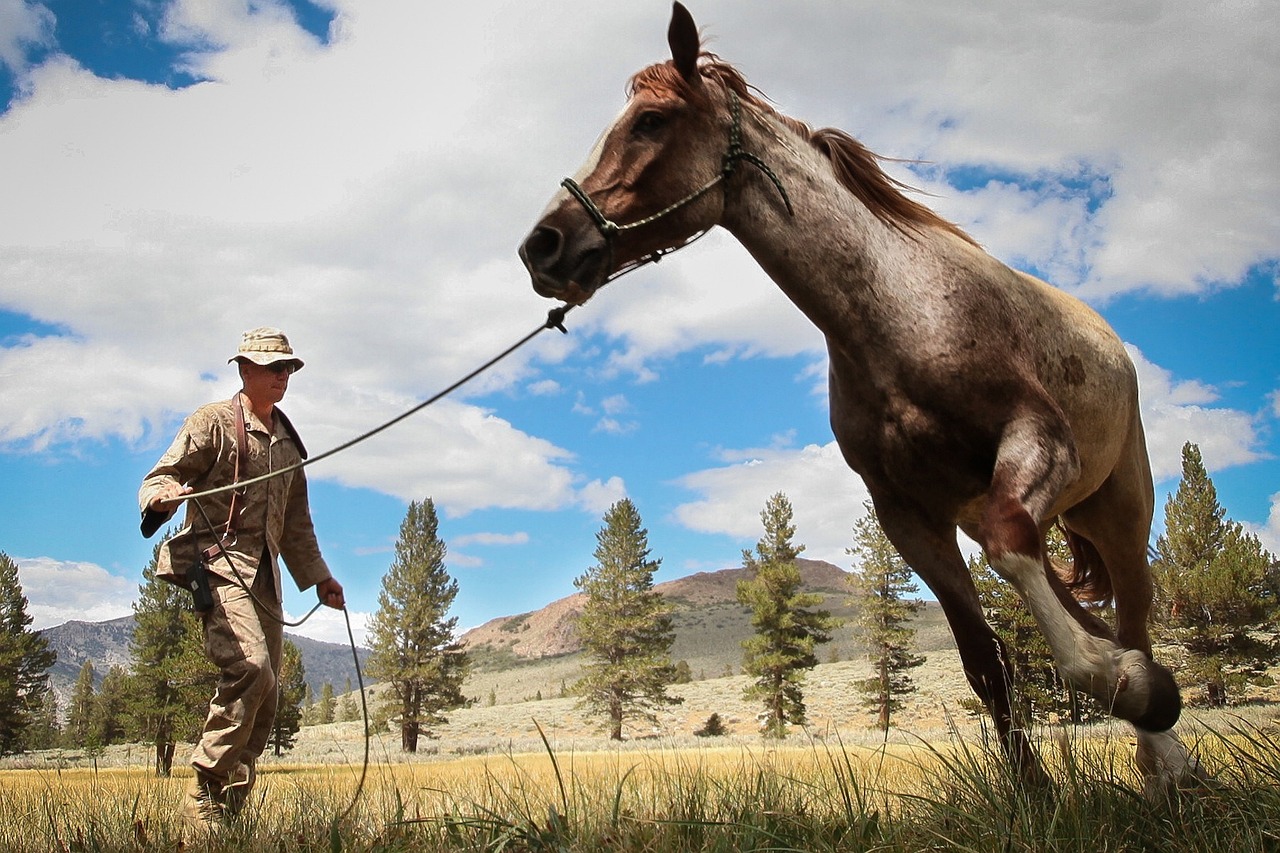Your journey towards becoming an authority in basic horse obedience starts right here, right now. In “Mastering Horse Obedience Basics: A Comprehensive Guide”, you will find the quintessential roadmap to unlock the secrets of effective horse training. This guide goes beyond the simple ‘whats’ and ‘hows’, delving into the importance of foundational skills that ensure safety while fostering a beneficial relationship between horse and handler. From gentle, necessary training techniques to establishing that much needed trust and cooperation, the guide critically explores every facet of horse obedience. You’ve got the passion, and now what you need are the guidelines to translate that into real connection with your majestic companion.

This image is property of pixabay.com.
Understanding Horse Behavior
First things first, before you can start training your horse, you’ve got to understand their behavior. Horses have unique ways of communicating and responding to their environment that can differ significantly from our own. Understanding these behaviors will help you in your training efforts.
Recognizing Normal Horse Behavior
Normal horse behavior is typically characterized by consistent patterns. Horses are creatures of habit, and they tend to follow regular schedules for eating, sleeping, and socializing. They are social animals and should display positive interactions with other horses and humans. They also engage in regular physical activities such as walking, running, grazing, and rolling on the ground. Recognizing these normal behaviors will help you determine if your horse is in a good state of health and mind.
Identifying Abnormal Horse Behavior
On the flip side, abnormal horse behavior can indicate illness, discomfort, or distress. Lethargy, aggression, excessive rolling, frequent urinating, refusal to eat, or noticeable changes in social behavior are classic signals that something isn’t quite right. You know your horse better than anyone else so trust your gut– if a behavior doesn’t seem normal, chances are it isn’t.
The Social Structure of Horses
Horses, like humans, exist within a social structure. They are herd animals by nature, with a dominant horse usually leading and the others following. This hierarchical structure helps maintain peace within the group. As a trainer or a handler, understanding this structure is very important. You need to establish your position as the leader so that your horse will listen, respect, and trust you.
Horse Body Language
Finally, understanding your horse’s body language is key. Horses are non-verbal creatures, which means they use their bodies to express their mood, health, and intentions. For example, a raised tail can signify fear or excitement, while pinned ears often indicate aggression or annoyance. Pay attention to your horse’s body language – it often communicates more than words (or neighs) ever could!
Building Trust and Relationship with Your Horse
Moving on to the relationship with your horse, trust and respect are vital. Here’s how you can foster that.
Establishing Leader-Follower Relationship
Remember when we talked about the social structure of horses? Here’s where it comes into play. Establishing a leader-follower relationship with your horse is crucial. You should position yourself as the herd leader – it’s important for your horse to acknowledge your authority.
Building Consistency in Interactions
Next, exercise consistency in your interactions with your horse. This helps reinforce the leader-follower relationship and creates a predictable environment. Whether you’re feeding, grooming, training, or just spending time with your horse, make sure you’re consistent in your actions and commands.
Importance of Patience and Persistence
Patience and persistence are, arguably, two of the most important virtues when dealing with horses. Training horses isn’t a quick process, but with time and consistent, repeated behaviors, your horse will learn and understand what you’re asking of it.
Implementing Regular Interaction and Care
Regular interaction and care are key to building a healthy relationship with your horse. This doesn’t only involve training sessions, but also daily routines like feeding, grooming, and health checks.
Basic Training Principles
Now let’s dive into the nitty-gritty of horse training. There are some foundational principles you need to understand.
Reward versus Punishment Approaches
Positive reinforcement, or the reward approach, has shown to be a more effective training method than punishment. Punishing a horse for undesired behavior simply creates fear and distrust. On the contrary, rewarding desired behavior encourages the horse to repeat it.
Understanding Horse’s Learning Process
Like humans, horses learn by repetition and association. Consistent habits and associations help them understand what is expected. They also respond well to visual and auditory signals, so using hand gestures and voice commands in your training can be beneficial.
Effectively Shaping Horse’s Behavior through Positive Reinforcements
Positive reinforcements are key in shaping your horse’s behavior. Whether it’s a pet, praise, or a treat, rewarding your horse for correct behavior will motivate them to repeat it. This ultimately shapes more desirable behaviors.
The Art of Lunging
Lunging can be a helpful training technique for your horse.
Purpose of Lunging
Lunging serves a few different purposes. It can help in training and exercising your horse, improving their balance and coordination, and establishing control and respect.
Requirements and Steps for Effective Lunging
To effectively lunge a horse, you’ll need some essential equipment like a lunge line, lunge whip, and suitable footing. Start by leading your horse onto a circle around you, maintaining a safe distance. Use a combination of body language, voice commands, and the lunge whip to direct your horse’s movement.
Troubleshooting Common Lunging Problems
Common lunging problems include the horse refusing to move, running away, or pulling. It’s essential to stay patient and consistent to correct these issues while also ensuring not to reinforce any undesired behavior.

This image is property of pixabay.com.
Teaching Ground Manners
Ground manners are basic manners your horse should understand while being on the ground.
What are Ground Manners
Ground manners include behaviors like respecting personal space, standing still when told, and following commands. Proper ground manners make handling and grooming your horse safer and more enjoyable.
Key Ground Manners Every Horse Should Know
Some key ground manners include leading and halting correctly, respecting boundaries, being comfortable with touching and grooming, and being receptive to having equipment put on.
Training Techniques for Ground Manners
Several techniques can be used to train your horse on ground manners. These typically involve clear, consistent communication, positive reinforcement, and gradual exposure to different experiences and equipment.
Saddle Training Basics
Saddle training is an essential part of training your horse for riding.
Introduction to Saddle Training
Saddle training gradually introduces your horse to the feel and weight of a saddle. It’s a process that needs to be done with patience and care to ensure the horse is comfortable and confident.
Selecting the Right Saddle and Equipment
Choosing the right saddle and equipment is crucial for your horse’s comfort. The saddle should properly fit both the horse and the rider to prevent pain or injury.
Successful First Ride and Mounting
The key to a successful first ride is preparation and patience. Begin by getting your horse comfortable with the saddle and the weight on their back before you attempt to mount.

This image is property of pixabay.com.
Training Horse on Using Bit and Bridle
The bit and bridle are important pieces of riding equipment that help you communicate with your horse.
Understanding Bit and Bridle Purpose
The bit and bridle provide a means of communication between you and your horse. It helps direct the horse and also provides control during riding.
Choosing the Right Bit and Bridle
Choosing the right bit and bridle is fundamental to your horse’s comfort and your ability to communicate effectively with them. The size, type, and material should all be considered when choosing the right fit for your horse.
Habituation and Desensitization Techniques for Bit and Bridle
Habituation techniques are used to get your horse comfortable with the bit and bridle. This involves introducing the equipment slowly and rewarding your horse when it shows signs of acceptance.
Teaching Your Horse to Follow Commands
Your horse’s ability to understand and follow commands is pivotal to safety and effective training.
Verbal Commands
Verbal commands are a key form of communication with your horse. They can include words or sounds to instruct your horse to move forward, slow down, stop, turn, or back up.
Hand Gestures
Hand gestures are another effective way to communicate with your horse. You can use them to command your horse to stop, go, turn, or move towards a particular direction.
Using Whip as Training Aid
While the whip may have a controversial reputation, when used correctly and humanely, it can be an effective aid in horse training. It should always be used as a guide or a gentle reminder, NEVER for punishment.
Guidelines for Consistent Command Usage
Consistency is the key to effective command usage. Use the same command, in the same way, every time for a particular action.
Navigating Common Horse Obedience Problems
Like any learning process, horse training comes with its fair share of problems. Here’s how to navigate some of them.
Understanding Your Horse’s Fear Response
One of the biggest issues you may face is your horse’s fear response. Understanding what triggers this response and how to manage it is critical to resolving fear-based problems.
Dealing with Stubbornness
Stubbornness in a horse can often be misconstrued. What appears as stubbornness may be confusion, pain, or fear. The key is to identify the reason behind the behavior.
Addressing Food or Resource Guarding
Food or resource guarding is a natural behavior in horses but can become a problem if not managed. To address this, it’s essential to establish your authority and discourage aggressive behaviors around food or resources.
Managing Problems in Outdoor Environments
Managing problems in outdoor environments can be challenging. Keeping the environment safe, providing adequate training, and building a solid trust relationship with your horse can help in navigating this terrain.
Maintaining Good Obedience Habits
Now, we’re onto the last chunk of our comprehensive horse obedience guide – maintaining good routine practices.
Importance of Ongoing Training
Training isn’t a one-time thing. Ongoing training is essential to keep reinforcing good behavior and maintain the skills already learned.
Dealing with Problematic Behaviors
It’s not uncommon for horses to have bouts of problematic behaviors. It’s crucial to address these behaviors promptly before they become ingrained habits.
Ensuring Regular Exercise and Socialization
Exercise and socialization aren’t just beneficial for physical health, but also for your horse’s mental well-being. Regular exercise and interaction with other horses can help prevent behavioral problems.
Using Professional Services When Needed
Don’t hesitate to seek professional services if needed. Sometimes, problematic behaviors require the expertise of a professional trainer.
And voila, we did it! Now you are ready to venture into the rewarding journey of horse training. Remember, patience and consistency are key in this process. With time, effort, and understanding, you will soon train your horsé to be the best version of itself. Happy training!
